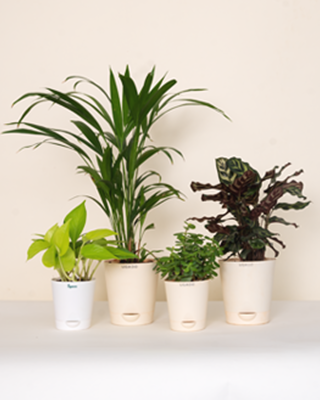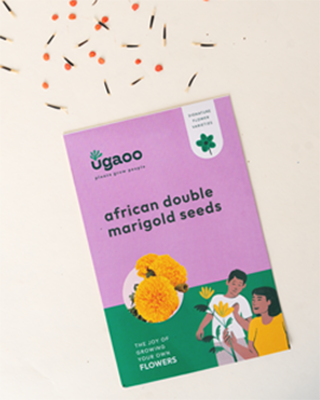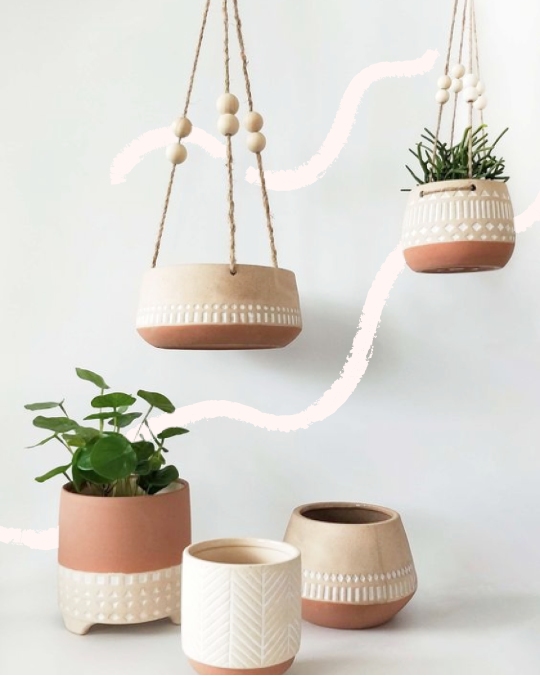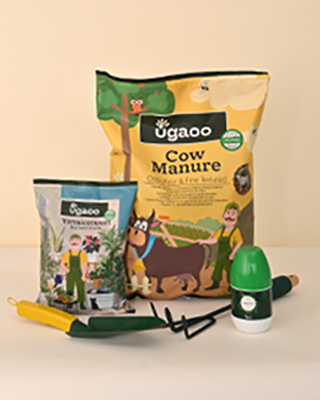Its winter, time to pull out those blankets and get comfortable before springing into action for the new year. Humans are creatures of habit and in some ways plants are too. Most plants go dormant in winter and it can be contributed to a variety of factors, the most common being the dip in temperature that invariably reduces humidity and also lesser sunlight the limits plant food production. But winter season also abounds with some of the most stunning flowers and the tastiest fruit and vegetable produce.
As plant growth slows down in winters and the plant is gearing up for spring bloom, it is the best time to prune them. Pruning is essential to plant health. It promotes branching and blooming and gives the plant a chance to sprout new growth in the growing season. It also keeps it in shape, deters pests, and controls growth. Its almost year end and trust me, you are just in time to prune back your plants for this year.
There are several types of pruning:
- Seasonal: Done at the end of growing season when the plant enters dormancy
- Trimming or Plucking: removing dead leaves
- Daily Pruning: To remove yellowing leaves or plant parts that are infested
- Structural pruning: to maintain the shape of the plant and to make it appear fuller
The basics
While pruning may seem like an uphill task, it really is not and all you need is an eye for plants and understanding them and a pair of sharp pruning shears or scissors. Every plant or tree needs to be pruned for new growth, the only exception being members of the palm family. Only remove the dying leaves from the plants of this family, because if the fronds are trimmed or cut, they don’t give rise to new fronds. So, don’t ever prune the top of your palms.
Soft plants like vines and climbers don’t even need a shear and can be just pinched off where required. One of the most important points is never prune a plant to less than one third the branch or stem height.
Now, to make it simpler, we have listed the dos and don’ts of pruning.
Dos and Don'ts
- Always use clean sharp shears to minimize the damage to the plant tissue. Buying pruning shears might feel like an added expense to home gardeners but trust me it makes gardening so much easier and it’s a onetime investment.
- Always remove the dead and yellowing leaves from their base (petiole), and not midway, before they rot and lead to fungal infections.

- Always make the cuts at 45 degrees to ensure that water does not stagnate on the exposed tissue and lead to diseases.
- Always make the cut above a leaf node. Leaf nodes are where the growth hormones are concentrated, so cutting right above them ensures that new growth or branching happens in lesser time and is healthier.
- When trimming to encourage a fuller growth never cut away more than two-thirds of the branch length.
- When removing stragglers (the branches that grow randomly from the base of the plant and do not add to the foliage or blooms), trim them as close to the stem as possible.

- For herbs, and in general for any plant, pinching away the top couple of inches of the plant promotes branching and leads to a fuller growth with more leaves and growing tips that can be further pinched. It is especially beneficial for flowering plants; a greater number of branches equals to more blooms.
- Once the flower is spent, dies on the branch, always prune away the growth till above the next leaf node to encourage more blooms. You can prune it further lower to shape your plants if needed.

- Removing extra growth and pruning back plants in their dormant season make more room for new growth once growing season arrives. The idea is to ensure that all the plant nutrition and hormones are concentrated in generating new growth and not supporting older foliage.
- Plants that grow erect, case in point the fiddle leaf fig or the rubber plant need their growing tip to be pinched to promote branching. If you plant has grown too tall and leggy without any branches, don’t worry. Just cut the stem at the height you want branching to happen (don’t cut more than 2/3). Ensure that the cut is made just above a leaf node and then propagate the pruned top part. Voila! You now have two plants.

If pruning is not something you can bring yourself to do, because who cuts away healthy plants, remember its like shedding dead weight (metaphorically) and to make space for new and better things to come. It is as important as nutrition to plants. In nature, grazing animals do the trick but for home gardens it is us who have to take up the job.
Happy Gardening!














